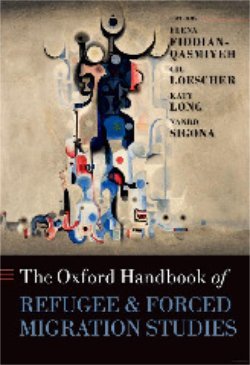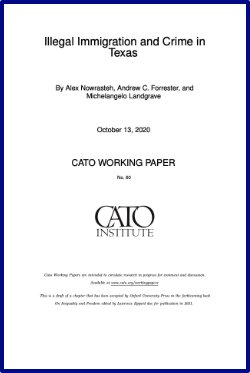By Tom K. Wong
To better understand the attitudes and preferences that border residents have on border policies, the U.S. Immigration Policy Center (USIPC) at UC San Diego surveyed 2,750 voters across the four southwestern border states—Arizona, California, New Mexico, and Texas. The survey was fielded from October 8 to October 22. The margin of error is +/- 2.1%. For more, see methodology section. The data show that the majority of registered voters across the four southwestern border states—Arizona, California, New Mexico, and Texas—disapprove of the way that the president is handling issues at the U.S.-Mexico border. The results also reveal a general lack of trust in the Border Patrol agency, which includes: lack of trust that Border Patrol officials will protect the rights and civil liberties of all people; lack of trust that Border Patrol officials will keep border residents safe; and lack of trust that Border Patrol officials who abuse their authority will be held accountable for their abuses. Moreover, registered voters in the southwestern border states generally prefer policies opposite to those of the current administration.
-
These policies include: alternatives to detention for families seeking refuge in the U.S.; placing unaccompanied minors caught attempting to cross the border illegally into the care of child welfare specialists, not border or immigration enforcement officials; providing aid to migrants in distress (e.g., food and water) rather than criminally prosecuting those who provide aid to migrants in distress; investing more in making ports of entry more efficient rather than spending more on border security; and admitting asylum seekers into the U.S. in order to ensure their safety rather than making asylum seekers wait in Mexico. When it comes to spending, whereas the majority of registered voters across the four southwestern border states oppose additional federal spending on border walls and fencing, the results are mixed when it comes to additional federal spending on hiring more Border Patrol agents. Lastly, the results show that just over 3 out of 10 have been stopped and questioned about their citizenship status at an interior border checkpoint.
La Jolla, CA: U.S. Immigration Policy Center, UC San Diego, 2019. 23p.





















